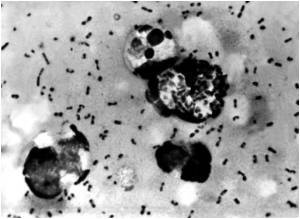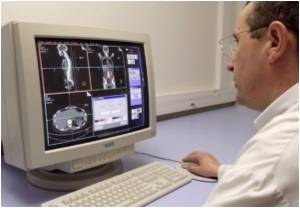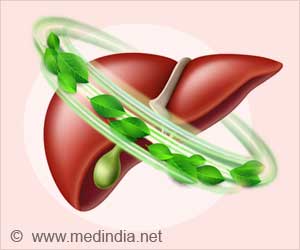
Researchers at the Haartman Institute and the Institute of Biotechnology at the University of Helsinki have, as a result of years of dedicated work, been able to show how complement dis-tinguishes foreign structures from our own structures all days before antibodies have a chance to develop. The key to unlocking the problem was when the groups of Sakari Jokiranta and Adrian Goldman in Helsinki, along with David Isenman's group in Canada, were able to solve the structure of two components of the system at atomic resolution. The structure revealed a stunning unexpected arrangement: factor H bound two of the C3bs, which mark foreign targets, in two different ways. Laboratory tests showed that this actually happened: to recognise our own cells, factor H binds not only C3b but also the cell surface at the same. Thus, the system mark only foreign structures for destruction by the white blood cells.
This new understanding of how host and foreign structures are distinguished by the front-line defence mechanism also explains how the severe and often fatal form of disease "Hemolytic Uremic Syndrome" (HUS) starts. This rare disease often occurs in children and can be caused by genetic defects in factor H or in C3b, or else by the disruption of factor H activity by antibod-ies. In Finland, too, some of these patients have had to have complete liver-kidney transplants because of the severity of the disease. Consequently, the research's surprising and wide-reaching result will be important not only in terms of advancing basic immunological research but also in the diagnosis and treatment of very sick children.
Source-Eurekalert









